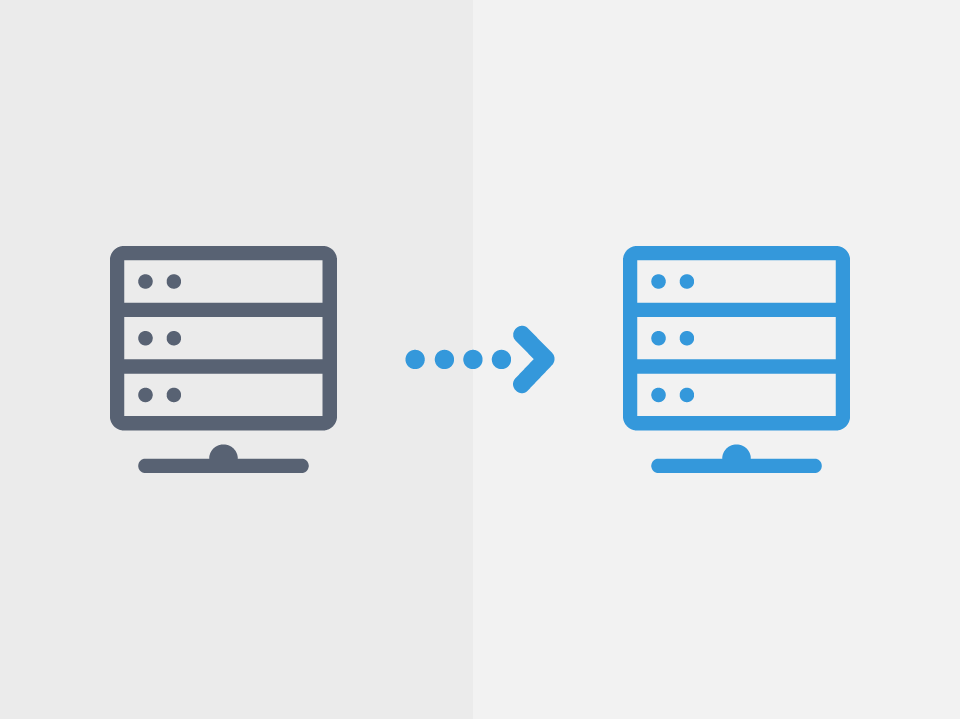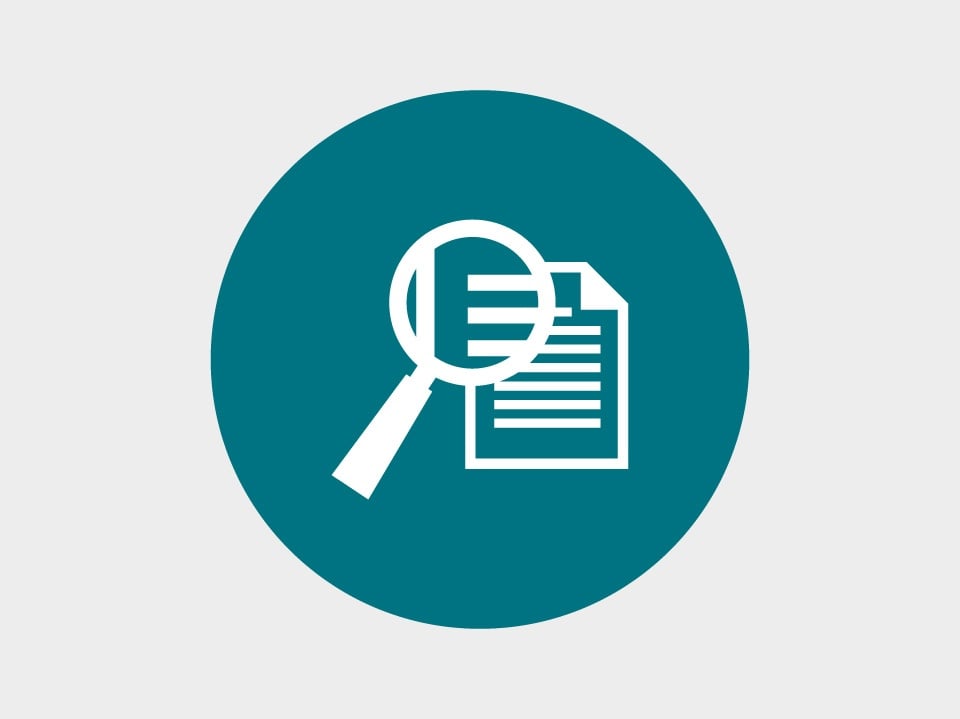Why Integrated Risk Management is Critical in Digital Business
Siloed risk management programs are no longer effective. Integrated risk management (IRM) is key to successfully address a widening array of threats associated with digital business.
Security and risk management leaders have operated in the shadows for a long time, but now it’s their opportunity to shine. If they exploit emerging trends and build a strong security program, they can keep their organization safe from a number of risk and compliance related threats and significantly elevate their standing.
However, despite best efforts to identify and assess risk, organization size and complexity and the constantly changing risk environment can hamper executives’ ability to make informed, effective decisions. Executives with limited resources face the difficult trade-off of meeting rapidly growing expectations with the necessary and detailed evaluations of critical risk areas.
IRM can remedy this growing challenge.
What is IRM?
Many organizations are good at domain-specific risk management but struggle to synchronize the three key pillars of a successful security and risk management program: a strong framework, metrics, and systems. This is where Integrated Risk Management can help.
John Wheeler, a research director at Gartner, has said that “IRM is a set of practices and processes - supported by a risk-aware culture and enabling technologies - that improve decision making and performance through an integrated view of how well an organization manages its unique set of risks.”
Although the three key risk management domains – enterprise risk management, operational risk management, and IT/cybersecurity risk management – are typically organized in silos and operate separately, these three domains must collaborate effectively and share common processes and data if organizations wish to link their strategic view of risk to the tactical methods required to effectively mitigate applicable risks.
If we think about Integrated Risk Management as if it were a road trip, a GPS would map the route and show progress, and a vehicle would enable you to reach your destination. Similarly, a framework maps an organization’s risk, metrics measure progress, and systems drive an organization to meet their goals.
Successful organizations are ones that are able to design a framework that seamlessly connects risks at a strategic, operational and IT level.
Mirroring program maturity, the technology systems required to manage risk have evolved over the past 15 years from single-mandate, compliance-driven software applications to more robust, risk-based solutions. Today’s leading IRM solutions focus specifically on linking enterprise, operational, and IT/cybersecurity management programs to enable better decision making by providing an integrated solution set.
Security and risk management leaders can take these four steps to develop an IRM program to bridge the gap between enterprise risk, technology risk, and digital risk at their organizations:
- Develop an effective framework that is unique to your organization’s risk profile and connects risks at a strategic, operational, and IT level
- Employ metrics to identify how risk influences the behavior and ability of your employees to achieve your organization’s goals
- Implement and integrate a risk management system into your organizational processes
- Grow the maturity of your organization’s risk management disciplines to mitigate future digital business risks
Why is IRM Important?
Gartner predicts that by 2021, 50% of large enterprises will use an IRM solution set to provide better decision-making capabilities, and that the IRM solutions market will grow to $7.3 billion by 2020.
IRM solutions provide a vertically integrated view of risk, starting with an organization's strategy, through to its business operations and, ultimately, into the enabling technology assets. IRM is designed to increase efficiency and add value by achieving better performance, stronger resilience, greater assurance and more effective compliance for all key stakeholders.
More specifically, IRM solutions provide business leaders with effective means of assessing risk and controlling effectiveness, identifying risk events, managing remediation efforts, and quantifying the associated risk exposure across their organization.
“Key decision makers are increasingly focused on major operational risks across the extended global organization. Security and risk management leaders need to manage the diversity of these extended risks with an integrated approach to risk management,” says Wheeler.
Security and risk management leaders need to evolve their risk thinking. Adopting a risk management program that addresses the threats associated with digitization is imperative. They should implement an IRM solution to meet the demands of digital transformation and move their organization forward in a safe and profitable way.
Share this
Recent Stories
Unlocking the Power of Solution Design Documents (SDDs) in RPA

Stuck on ReqPro? Understanding Risks & Exploring Alternatives



